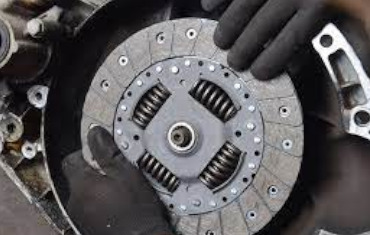Clutch Replacements & Repairs.
Understanding Clutches.
A clutch is a mechanical device that connects and disconnects the engine's power to the transmission. It allows smooth gear changes by temporarily disengaging the engine from the wheels. When you press the clutch pedal, it separates the clutch disc (which is sandwiched between the flywheel and pressure plate) from the flywheel. This disconnection allows you to shift gears without grinding or damaging the transmission.

Knowing when your clutch needs attention is essential. Here are some common signs of clutch problems:
- Slipping Clutch: If you notice the engine revving but the vehicle isn't accelerating as expected, your clutch might be slipping. This occurs when the clutch disc doesn't fully engage with the flywheel.
- Hard Shifting: Difficulty shifting gears or a grinding noise during gear changes can indicate worn out clutch components.
- Clutch Pedal Issues: A spongy or excessively stiff clutch pedal could mean air in the hydraulic system or a failing master or slave cylinder.
- Burning Smell: A burnt odour after aggressive driving or stop and go traffic might indicate a slipping clutch.
When it's time for clutch repair, a skilled mechanic will inspect the entire system. Common repairs include:
- Clutch Replacement: This involves replacing the clutch disc, pressure plate, and throw out bearing. It's essential to use high quality components to ensure longevity.
- Resurfacing the Flywheel: If the flywheel has grooves or hot spots, it needs resurfacing to provide a smooth surface for the new clutch.
- Hydraulic System Check: Mechanics examine the clutch master cylinder, slave cylinder and hydraulic lines for leaks or air bubbles.
